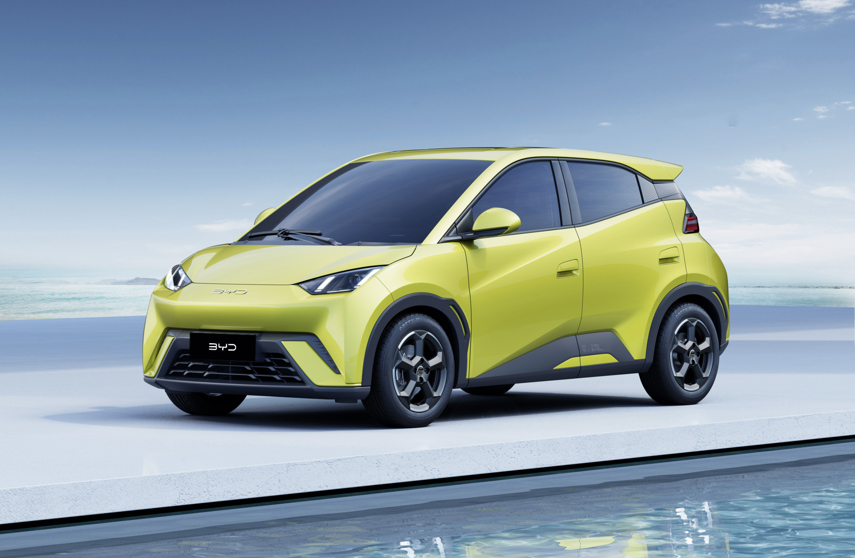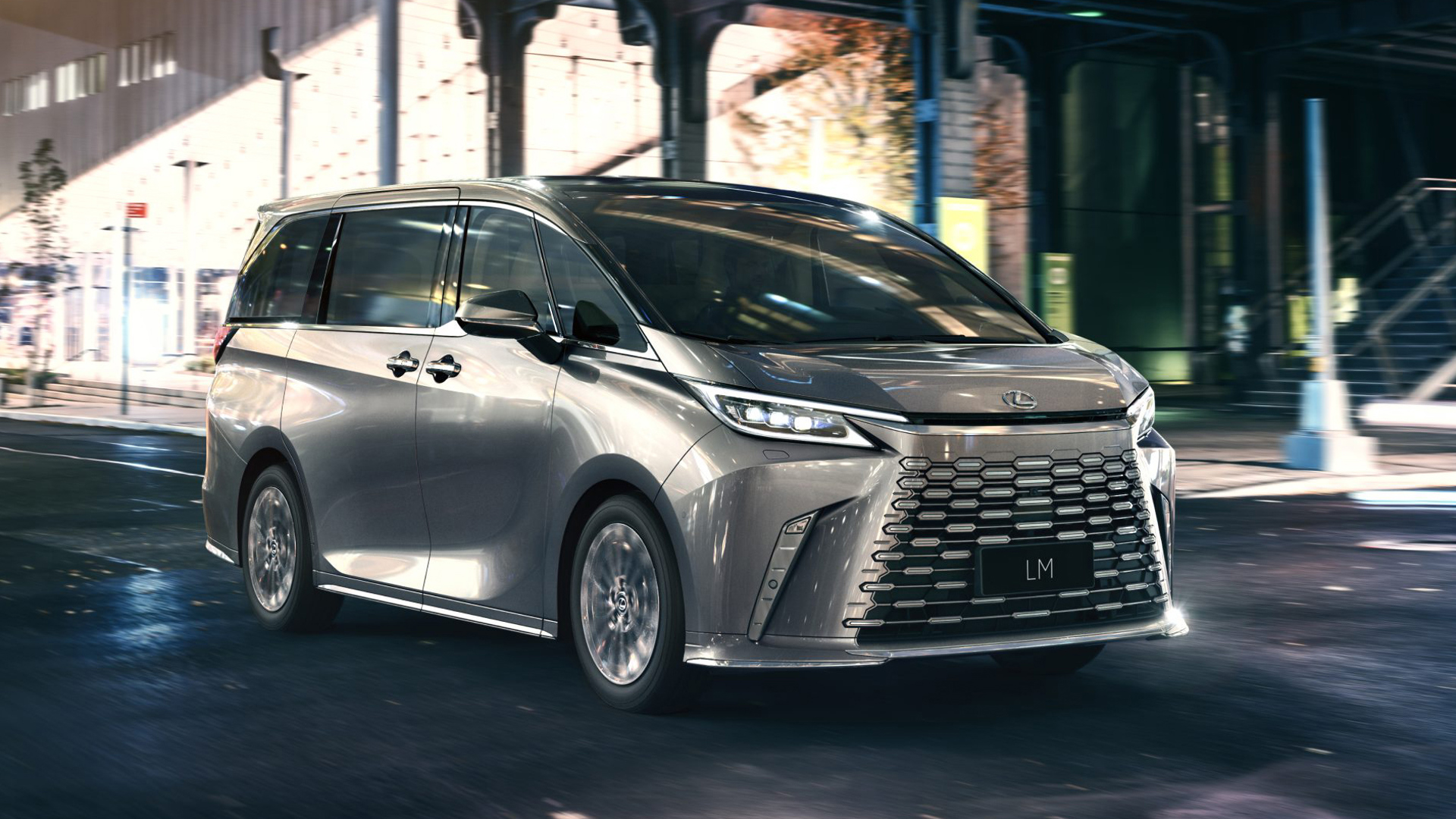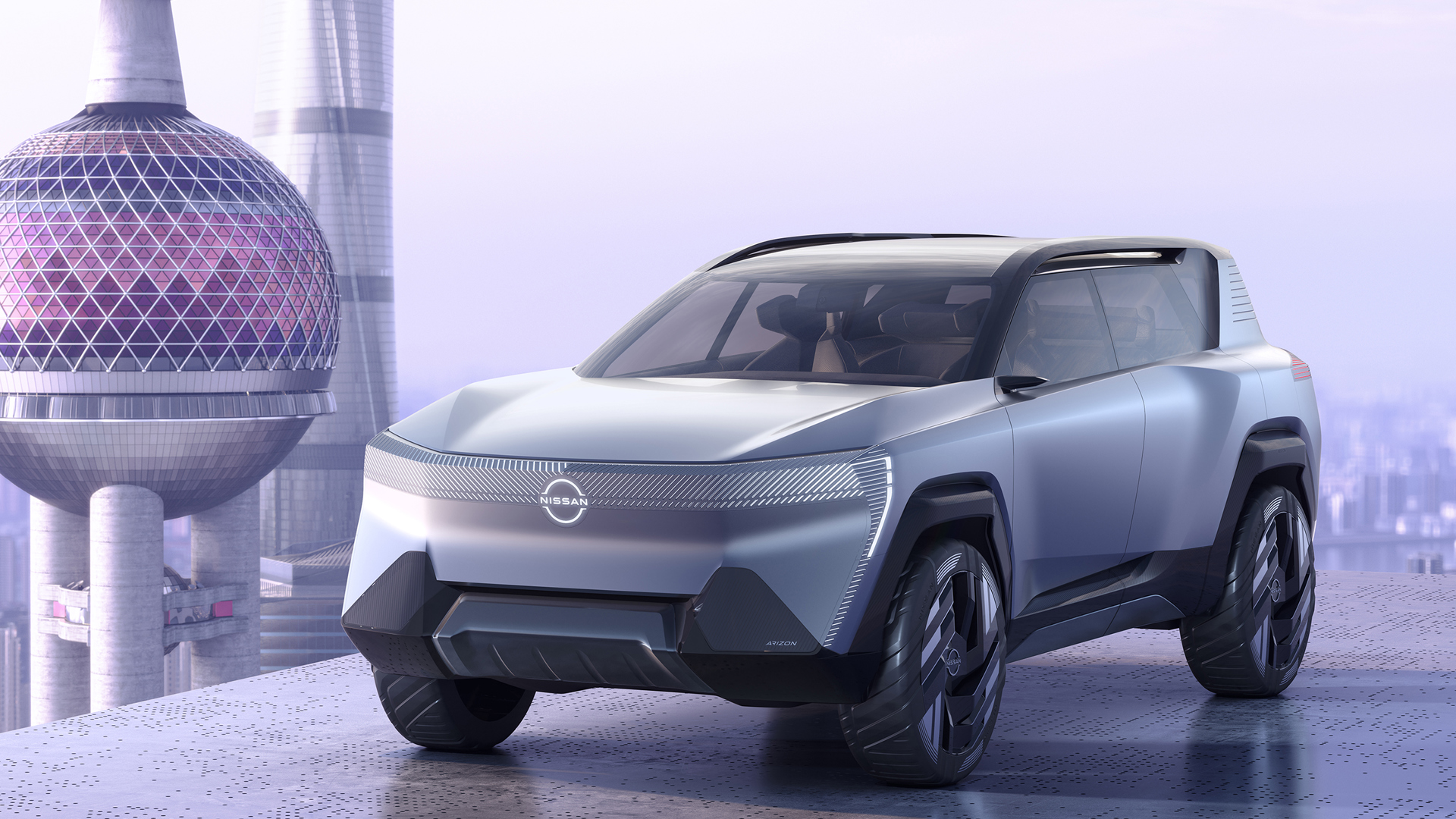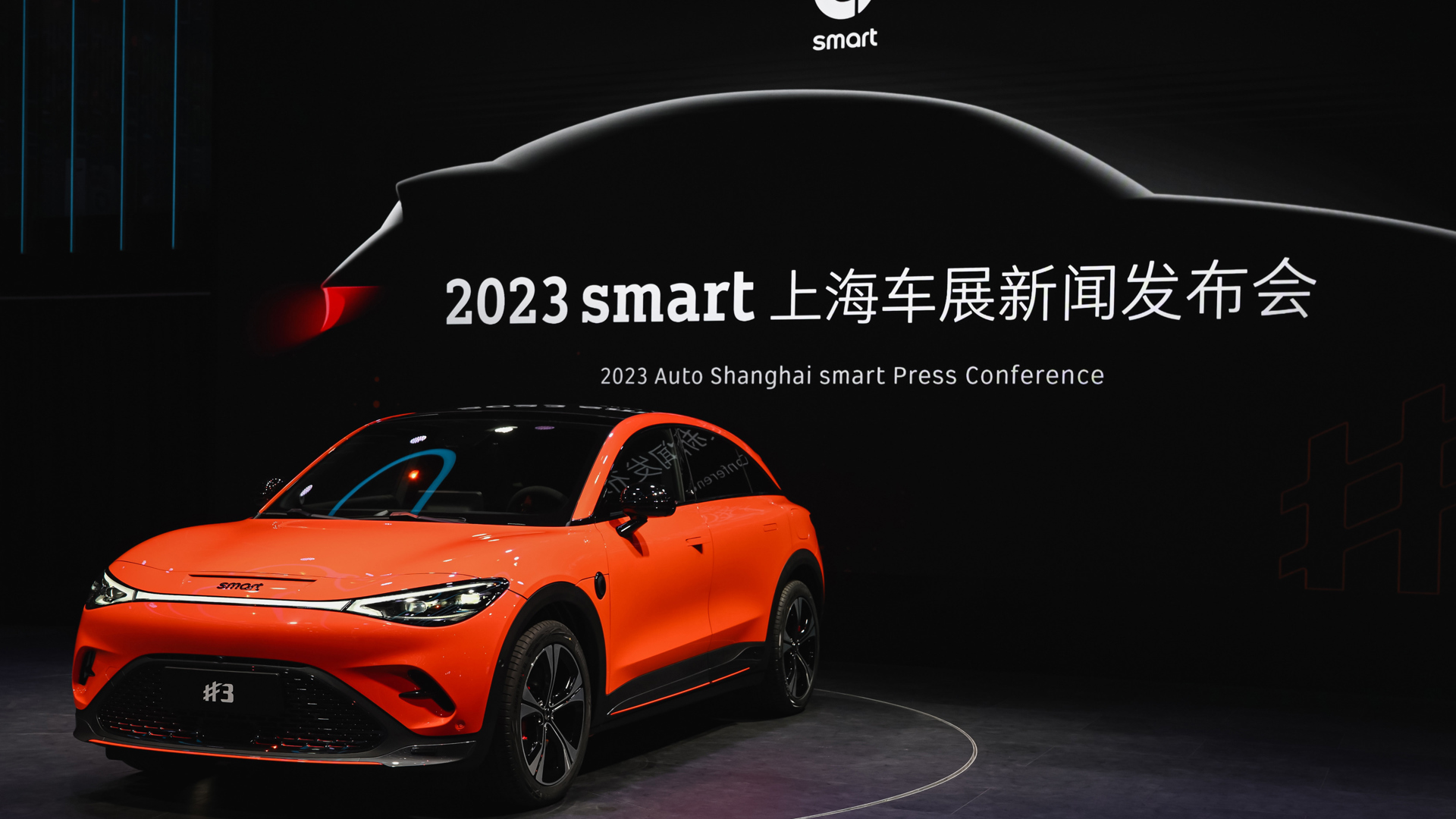Each year, China's most significant annual auto show toggles back and forth between the country's political capital, Bejing, and the location of this year's event, its financial capital, Shanghai. Officially known as the 20th Shanghai International Industry Exhibition, the length of the show's title reflects its massive scale: over 1,000 exhibitors debuting more than 100 new vehicles across 320,000 square metres of exhibition hall space.
This year's show saw automotive brands like BMW, Mercedes-Maybach, Polestar, and Volkswagen reveal production vehicles headed our way sooner than later. However, these are the five cars that debuted at this year's Shanghai show we think should be sold in Canada.

BYD Seagull
More Canadian urban drivers might jump on the battery-electric vehicle bandwagon if the current offerings were smaller and less expensive, like the new BYD Seagull, a city-friendly electric vehicle that debuted in Shanghai.
About the size of a Fiat 500, the Seagull uses BYD’s newest, third-generation EV platform. Unofficial data suggests 74 horsepower and 100-hp versions with a choice of two batteries: a 30-kilowatt-hour unit for around 300 kilometres of range and a 38-kWh battery for about 400 km. The 30-kWh Seagull will be the first BYD EV to employ sodium-ion battery chemistry, making the tiny EV cheaper to build and less susceptible to colder Canadian temperatures.
Chinese media reports suggest the Seagull will be sold in the Chinese home market at the equivalent of $13,000. That’s about one-third the cost of the least expensive new EV in Canada, the 2023 Nissan Leaf.

Lexus LM
Piloting a vehicle in crowded China is not a driving enthusiast’s dream, which is why the luxury van is one of the most popular vehicle segments with Chinese executives. To compete in this hotly-contested class, Toyota’s Lexus luxury brand debuted the second generation of its Chinese-market luxury minivan, the LM, which stands for “Luxury Mover.”
Sharing a platform with the Canadian-market Toyota RAV4, Highlander, Sienna, as well the Lexus RX, the new LM gets a 2.5-litre four-cylinder hybrid powerplant. All-wheel drive is standard. But it's in the details where the new four- or seven-passenger Lexus luxo-van separates itself from a plebian Toyota.
In addition to the expected airline-style recliner seats, the LM can be had with a massive 48-inch widescreen television for rear passengers, a premium 23-speaker surround-sound audio system, and pillow headrests.
Want even more minivan luxury to take the kids to hockey practice? How about a dimmable glass panel that can be raised or lowered for privacy?

Nissan Arizon
Nissan already sells its battery-electric 2023 Ariya compact SUV in Canada. But we think the new Arizon mid-size EV would be an equally big hit here.
Created by a team of Nissan's Chinese engineers, the Arizon is targeted at being a "multi-functional partner" for its owner. The SUV features a new virtual personal assistant (dubbed Eporo) that can interact with passengers in a "human-like manner" and provide accurate information "utilizing time, weather, and other data."
The Arizon has a grille-less front design, slim headlights, specific two-tone alloy wheels, and an upright stance at the back with a full-width light bar. Inside, the Nissan EV gets a lighting system with facial recognition that automatically changes to suit the driver's preferences with four modes: Leisure, Relax, Sleep, and Surprise. According to Nissan, it also has an automatically dimming panoramic sunroof to make the interior as light as possible.
Nissan says the production Arizon will be built on the Renault-Nissan-Mitsubishi Alliance's EV platform, which the Nissan Ariya already uses. Yet another reason the new Arizon should come to Canada.

Smart #3
While parent Mercedes-Benz axed the Smart brand here in Canada a few years ago, it’s being resurrected outside Canada by partnering with Geely, the same Chinese automaker making Volvos and Polestar cars.
For this year's Shanghai show, Smart revealed its #3, the brand's second battery-electric car. The #3 is one size smaller than the existing Smart #1. It's a stylish, compact SUV coupe with obvious design influences from the Mercedes-Benz EQ EV models. Upfront, it's all smooth lines with slim headlights, a "shark nose," and an A-shape grille—similar to the smaller #1. Out back, an LED lightbar supports the #3's styling genes with the 2023 Mercedes-Benz EQB compact electric SUV.
We don't have official power and driving range numbers, but it's safe to say that the Smart #3's numbers will be similar to those of the #1. That means a single electric motor with around 270 horsepower and a range of up to 440 km.

Toyota bZ3 Sedan
The new Toyota bZ3 is part of the brand’s “bZ” or “beyond zero” lineup of all-electric vehicles. Toyota already offers its 2023 bZ4X battery-electric compact SUV (based on the same Toyota e-TNGA) to Canadian buyers. So it only makes sense that there’s a chance that the new bZ3 four-door sedan variant, which made its world debut at the Shanghai show, makes its way to our shores at some point.
According to Toyota, the bZ3’s unique lithium-ion lithium-iron-phosphate battery (built by the same BYD that makes the Seagull) retains 90 per cent of its charge capacity after 10 years. While Toyota hasn’t revealed specific powertrain details, it claims the bZ3 has a driving range of around 600 kilometres, significantly more than the estimated 400-km range of the bZ4X





